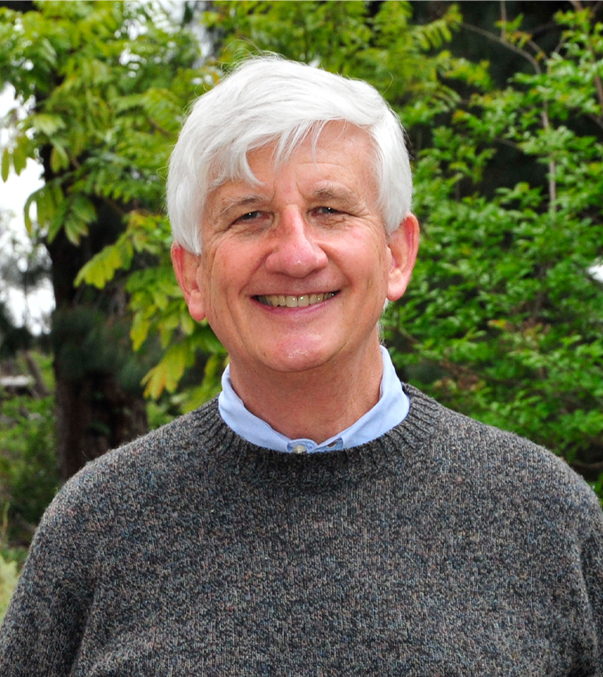|
SOHO President's Message
By David W. Goldberg
March/April 2020
The high cost of housing is a challenge the preservation movement has been addressing for decades. This year got off to a good start with the defeat of Senate Bill 50 (SB 50) a controversial housing production bill, for the third year in a row. However, this is a qualified victory since there is a high probability that a similar bill will be reintroduced in Sacramento in a future session. See SOHO's report on SB 50 HERE.
In addressing the housing affordability crisis, the goal of SB 50 was both admirable and well-intentioned. No two ways about it, the cost of housing in the coastal regions of California is out of reach for many first-time buyers. Many seriously questioned whether SB 50 would actually make housing more affordable. Furthermore, alarm bells went off regarding potential unintended consequences, including irreversible negative impacts on historic properties, neighborhoods, and districts.
The thrust of SB 50 was to increase housing supply by overturning zoning laws that limit densities in "job rich" and "transit rich" areas. Significant local control would have been lost. The bill would have done away with single-family zoning throughout the state and allowed multi-unit housing, such as duplexes, triplexes, and fourplexes, in traditionally single-family and historic neighborhoods. Hard won progress and protections would have been put in jeopardy.
SB 50 and other similar bills typically focus blame on the usual suspects—including the preservation movement—for housing affordability issues that are not fully understood and impose "solutions" that could easily create more problems than would be solved. What is so frustrating is that the preservation movement has played a critical role in meeting the demand for affordable housing over the last several decades and can continue to do so for years to come.
It wasn't very long ago that many of San Diego's older and historic neighborhoods south of Interstate 8 were in decline. Hillcrest, North Park, South Park, Burlingame, University Heights, Normal Heights, and Kensington, for example, were in a downward trajectory with depressed housing prices. Many first-time home buyers and home buyers of modest means were able to buy into these areas and, through hard work, sweat equity, and ongoing financial investment, build long-term financial security for themselves and their families.
The results have been transformative. These are once again some of the most beautiful, desirable, and economically vibrant neighborhoods in San Diego. This is what happens when preservation is done right.
I don't have the answer to the housing affordability issue, but I do know that reducing protections for historic neighborhoods and structures will not solve the problem. For starters, I believe we need a better grasp of what is happening—California has a coastal housing affordability problem, not a statewide problem. Furthermore, my sense is that if cities away from the coast are better able to share in the economic growth coastal California has experienced over the last several decades, some of the upward pressure on coastal housing prices would start to diminish. Many of the cities away from the coast have impressive older housing stock at affordable prices, and once again the preservation solution could "kick in" and turn these opportunities into win-win-win scenarios for families, communities, and the entire state.
|
2025
2024
2023
2022
2021
2020
2019
2018
2017
2016
2015
|




